Homeowners are quickly turning to renewable energy sources, drawn by the stimulation of saving money on their utility bills. Wind and solar energy are leading the way for new alternatives to traditional energy sources, and people are investing in kits that contain the tools required to generate electricity for their homes. These systems can be used as a sole source of power or used to supplement existing energy supplies.
Harnessing the power of the wind has become an increasingly popular way to generate electricity for the home. Home wind power kits provide a simple and budget-friendly alternative to utility-supplied power. The kits are equipped with vertical-axis turbines, which are similar to those you would find in extensive wind farms. Capturing the kinetic energy from the wind, these smaller turbines can generate enough energy to power an entire home with the right average wind speeds. Easy to install on your roof or lawn, they make for an economical way to meet your energy needs.
Sunlight is a sustainable, renewable energy resource that can be harnessed in the form of home power. Solar kits come in a range of sizes and designs, and they are not challenging to install. The system includes an array of panels to capture solar energy which is subsequently processed into usable electricity by an inverter. Photovoltaic modules are typically installed on rooftops, although they can equally be situated on the ground or affixed to walls. Solar energy can be integrated in different ways for domestic use – either to supplement an existing power supply or to completely provide electricity for a dwelling.
Home wind and solar energy systems are often utilized together, creating a hybrid energy supply known as “hybrid energy”. This type of electricity production usually surpasses the yield of either system alone; by combining the two sources, a home is able to produce a greater amount of electricity for usage. Furthermore, batteries that store the harvested solar and wind energy are regularly included in these setup, ensuring that electricity is available when desired.
In today’s world of increasing energy demands, a savvy homeowner may be looking to find an alternative source of electricity. Home wind and solar power kits present an idea answer to this need, being both cost-effective and relatively simple to set up. Whether used individually or in combination, turbines and solar panels provide a method to generate electricity for personal use. Anyone seeking a potential way to power their home should seriously consider the option of wind or solar energy.
In recent times, the increasing costs of regular energy sources has led to a heightened interest in home wind and solar power kits. Created to offer an economical substitute energy solution for homeowners, these kits are simple to install and don’t require a great deal of upkeep, making them a desirable choice for those seeking to control their energy bills and raise their energy efficiency. In this article, we will delve into the advantages of home wind and solar power kits, explore the elements of a standard set-up, and take a look at the installation procedure.
Harness the Benefits of Domestic Wind and Solar Energy Kits
Homeowners reap a wealth of advantages from wind and solar power kits. Most notably, these eco-friendly energy options are budget-friendly — they are naturally present in our environment and therefore much less expensive than traditional power sources. On top of that, the installation process is simple and requires almost no upkeep, allowing for further cost savings on top of the affordable energy rates.
Home wind and solar power kits can give homeowners an enhanced sense of energy efficiency. Instead of relying entirely on traditional energy sources, these kits enable them to shift to renewable sources which can help them shrink their monthly energy expenditure and diminish their personal carbon footprint. In addition, by having a self-sustaining source of energy in their homes, homeowners can be prepared to take care of themselves in the case of a power outage.
Home Wind & Solar Power: What’s in the Kit?
Completing a residential installation of wind and solar energy systems requires the proper combination of components. There are kits on the market that contain all the necessary pieces to get started, such as a solar panel or wind turbine, a battery bank, an inverter, wiring, and particular mounting items and hardware. The size of the package is determined by the scope of installation desired – specifically, if the project involves a bigger scale setup, it will require additional components.
To properly set up a home wind or solar power kit, it is important to first take into account external variables such as wind and sunlight availability when selecting the optimal location. Thereafter, the components can be assembled and secured in the chosen location. Afterwards, the wiring should be connected to a suitable power outlet and the battery bank linked to the inverter. Finally, with a flick of the switch, the system will begin producing clean and renewable energy for your home.
Homeowners can save money, become more energy-efficient, and gain self-reliance through installing home wind and solar power kits. Each of these kits usually consists of a solar panel or wind turbine, battery bank, inverter, wiring, and the necessary brackets and hardware for mounting. Installation is typically not overly complicated; it should require only a few hours of your time. With an appropriate kit and investment of effort, you can start to make great strides in economizing your energy costs and increasing your energy efficiency.
Post time: 2023-08-06
Related Product
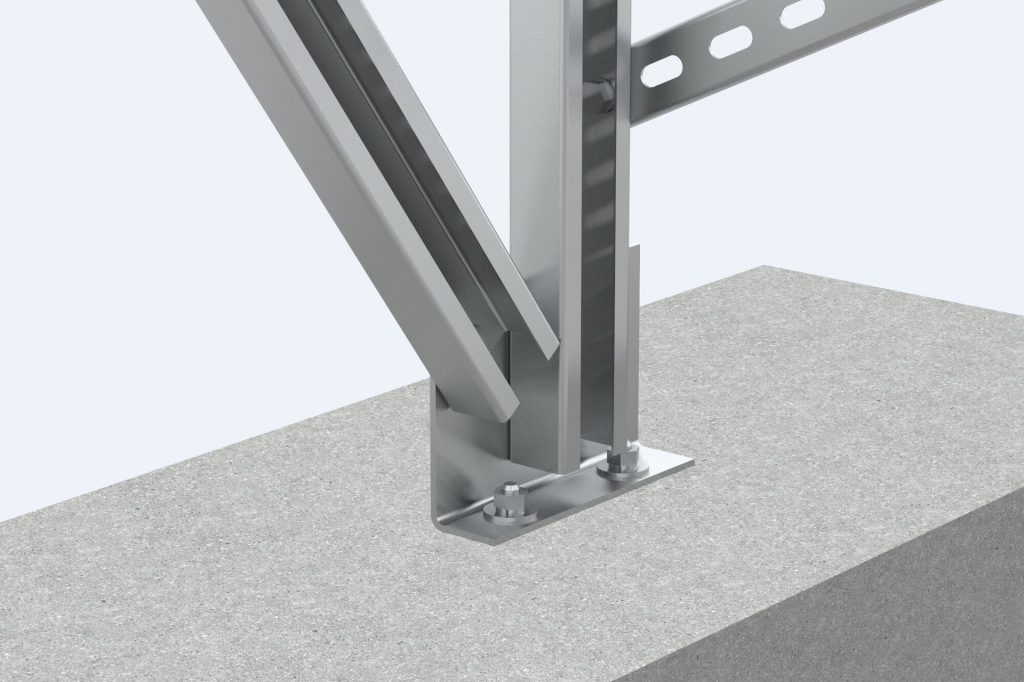
Flat roof photovoltaic support
Flat roof photovoltaic support Analysis of installation and construction problems of flat roof photovoltaic power station The external roof system on the roo […]
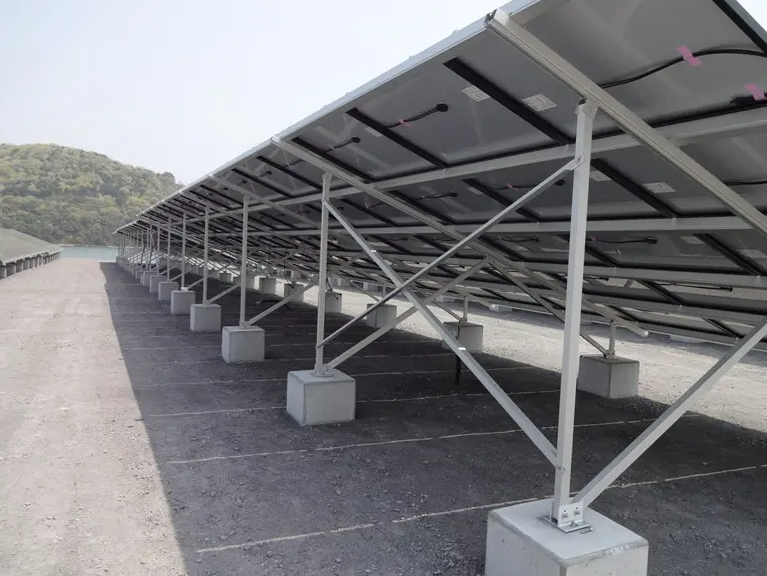
GROUND MOUNT PV Support
Placement position Ground Applicable component type Framed or frameless solar panels of various sizes Raw materials of support aluminium alloy Installation angle According t […]
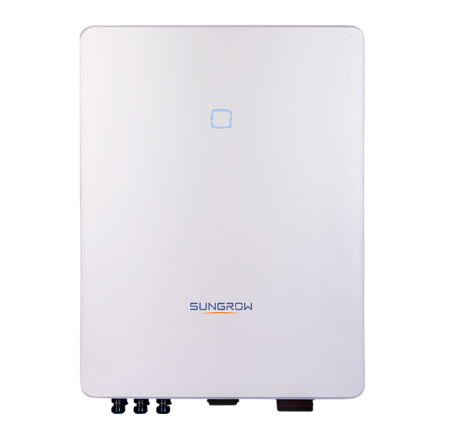
PV inverter
PV inverter (PV inverter or solar inverter) can convert variable DC voltage generated by photovoltaic (PV) solar panel into AC inverter of mains frequency, which can be fed back to […]
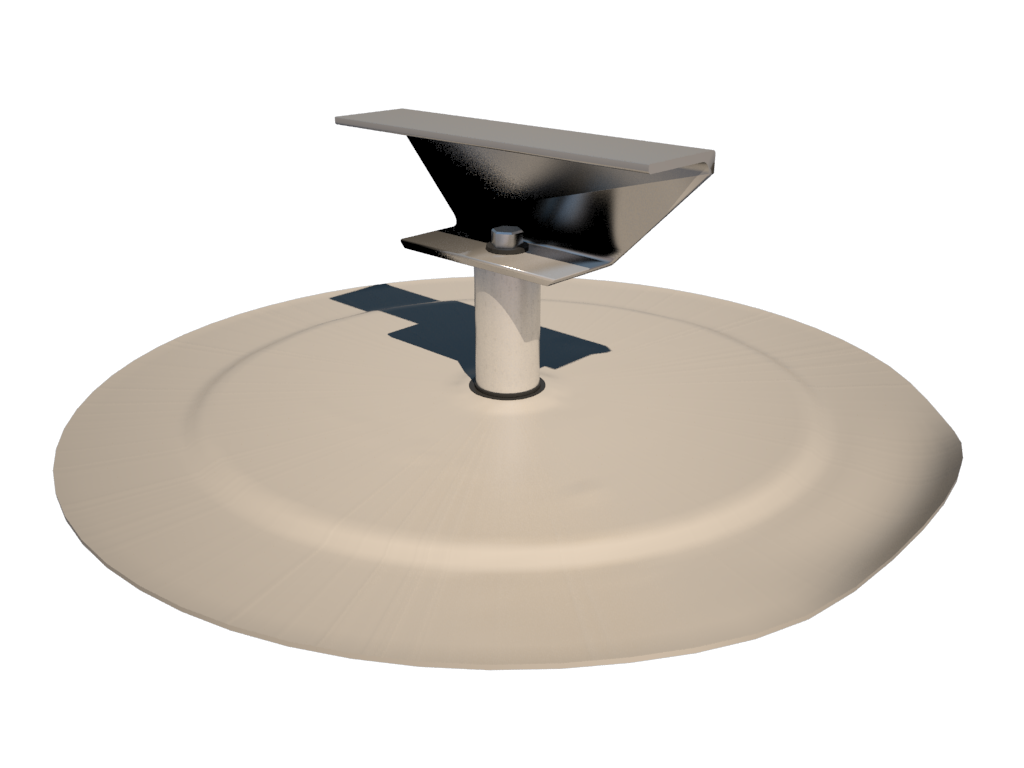
PV bridge support
Features of PV bridge support products: Strong resistance to negative wind pressure, good stability, strong bearing capacity and strong lateral tensile capacity; Easy and fast ins […]
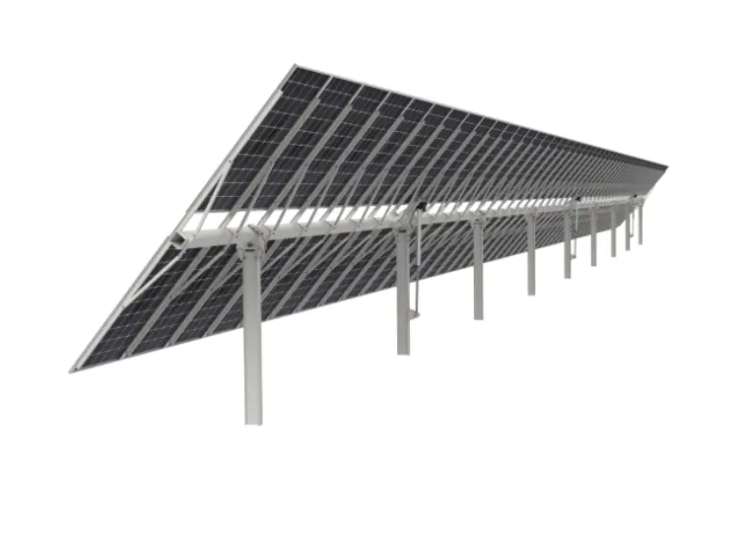
PV bracket tracking system
Ground tracking photovoltaic support Fully adapt to 210 major components The product has been tested in CPP wind tunnel Use AI algorithm to optimize tracking mode Irregular land is […]
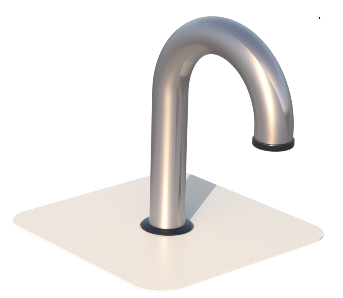
PV support KITS
What is Cable conduit? A metal protective tube with certain mechanical strength laid on the outer layer of the cable to prevent the cable from being damaged Cable threading […]
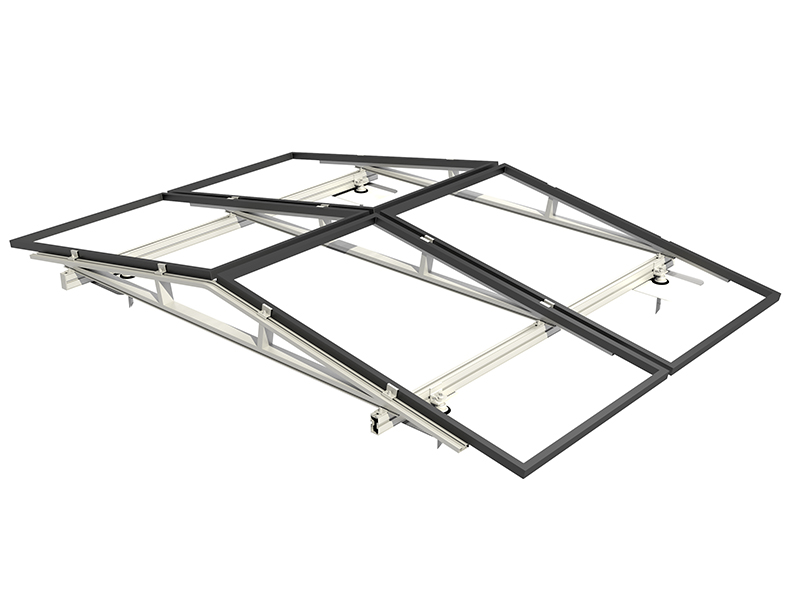
Inclined roof photovoltaic support
V support system for inclined roof The inclined roof installation system is suitable for all kinds of inclined roofs. According to the roof bearing capacity and waterproof requirem […]

Solar panel
PV Kits for fields, flat and pitched roofs The kit using photovoltaic support system is critical to photovoltaic support, including wind calculation speed, order picking speed and […]
